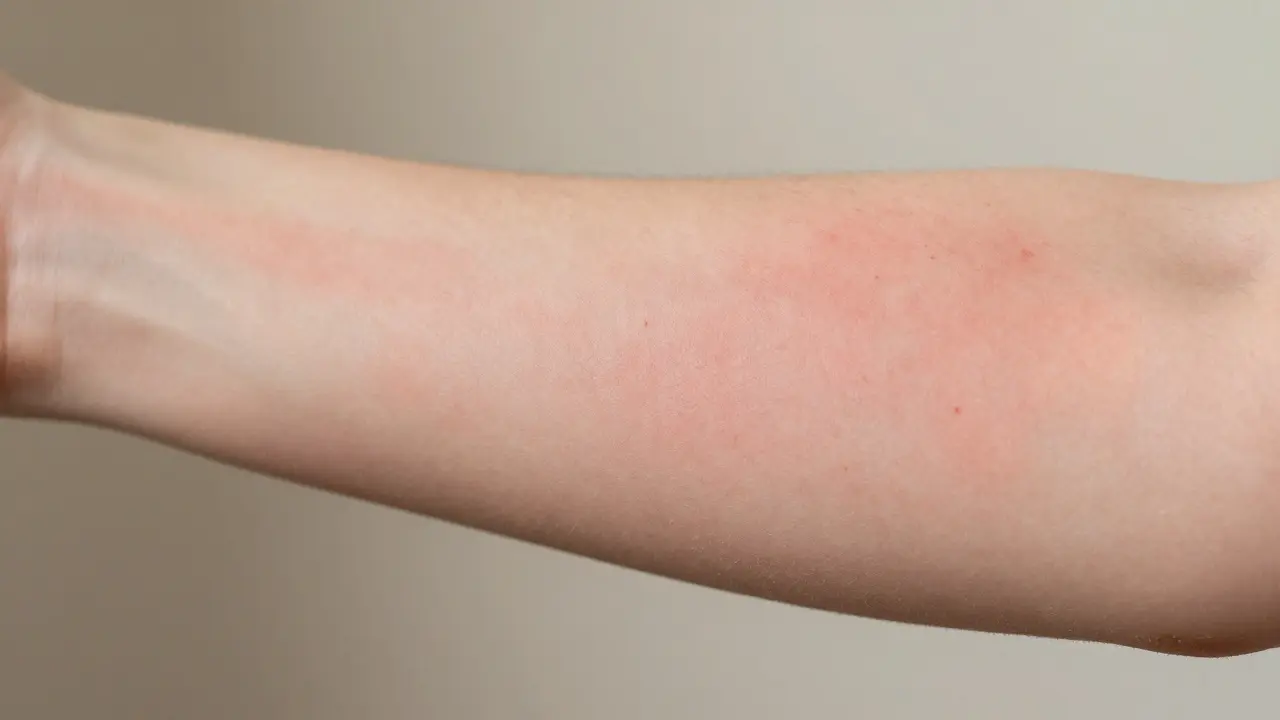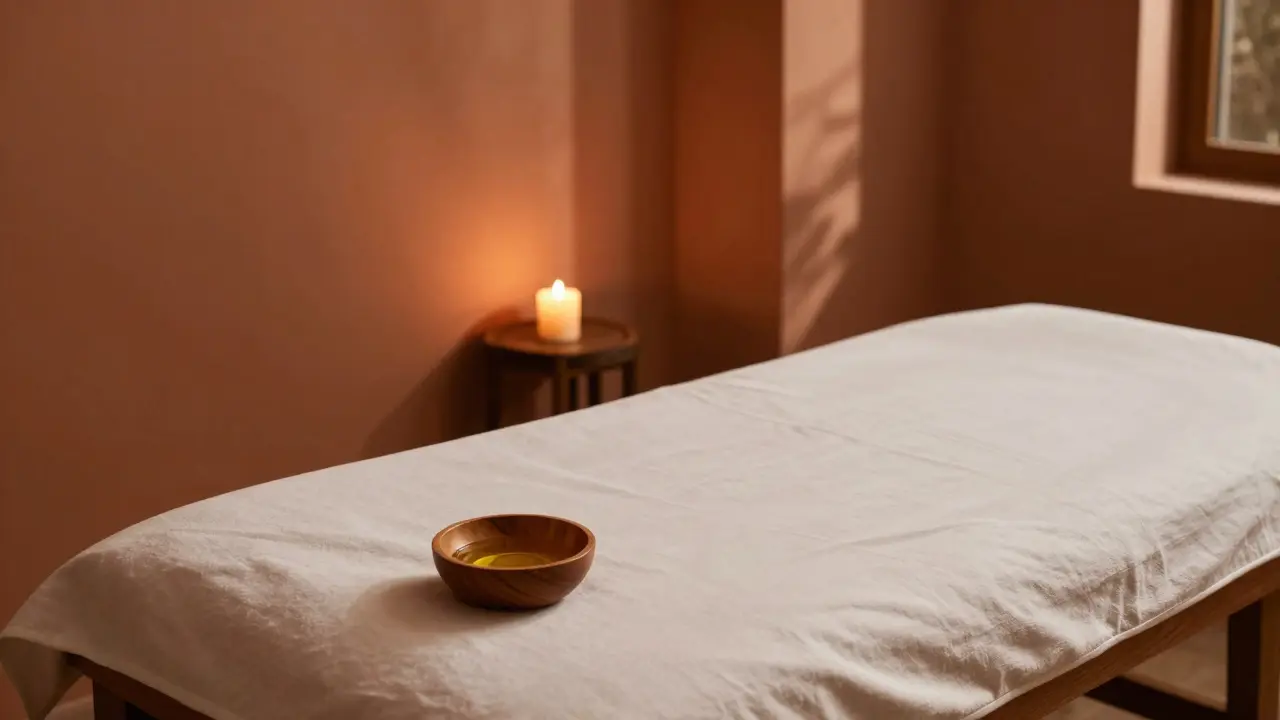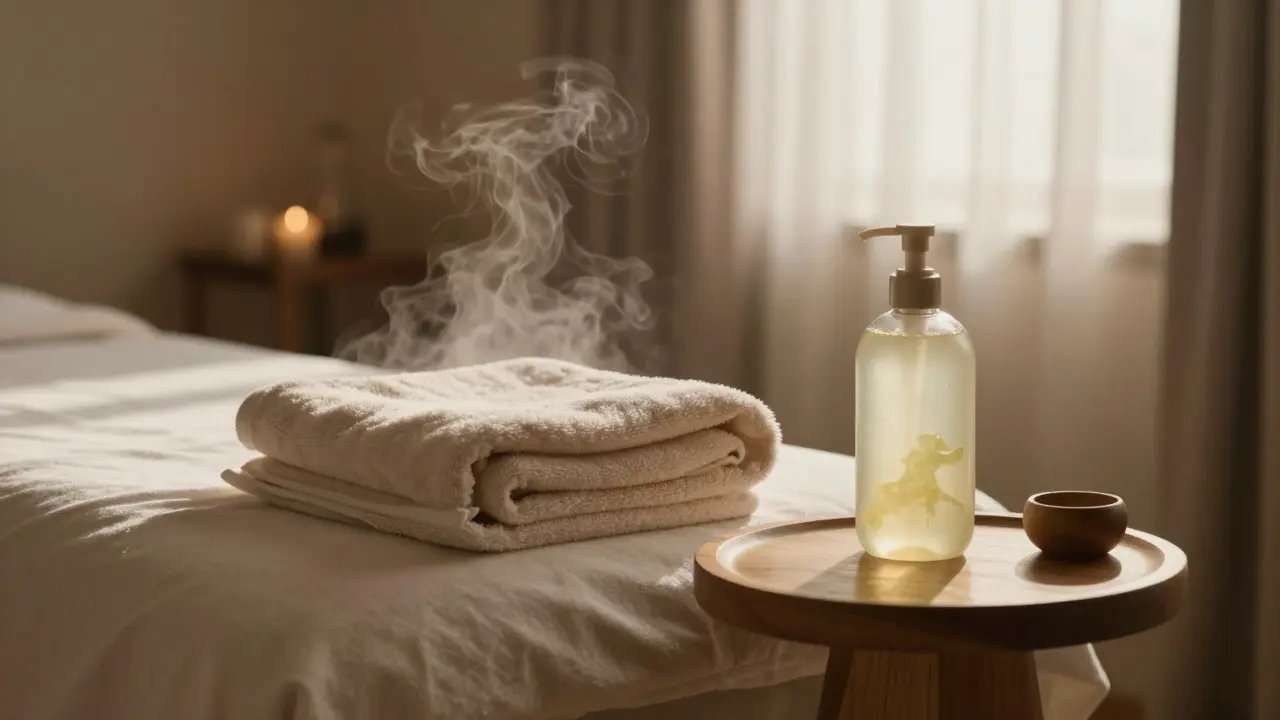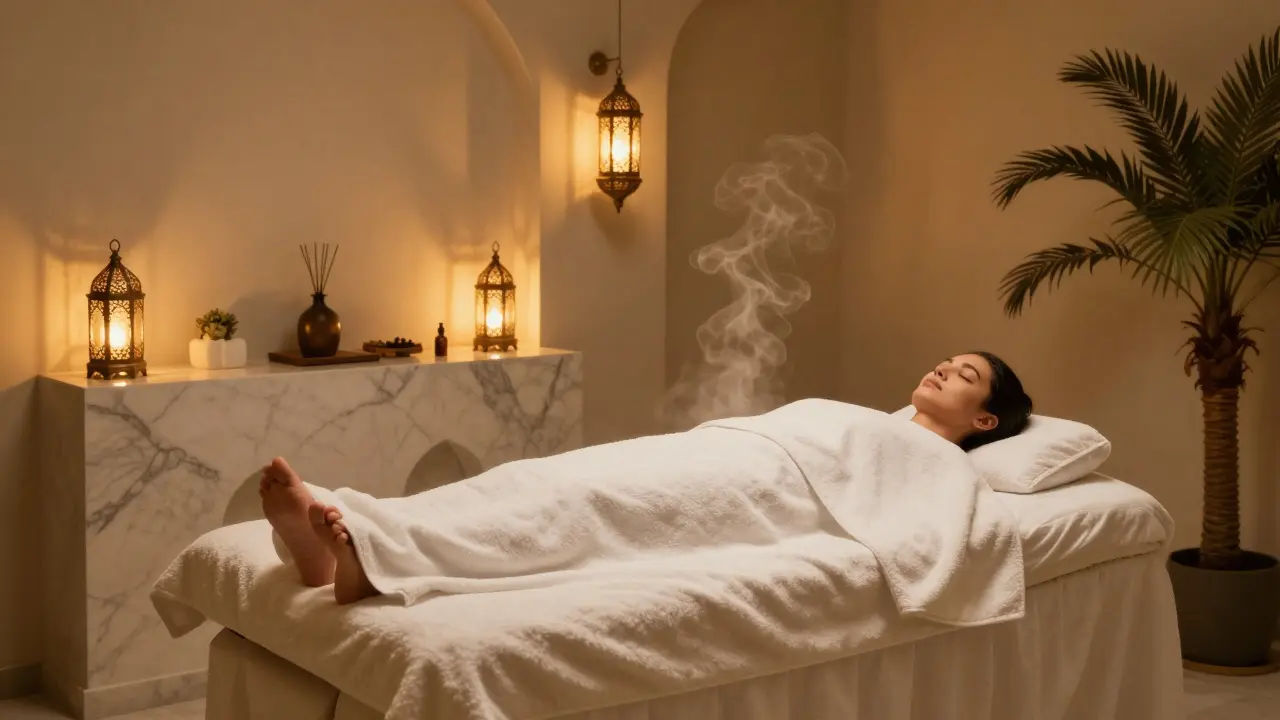The world of foot pampering is bigger than most people think. Ever walked into a spa, glanced at the menu, and felt like you needed a translator just to choose how to treat your tired feet? Foot massage and reflexology both promise heavenly relief, but they're not the same — and picking one over the other can change your whole experience. It seems simple, right? But there’s surprising science, tradition, and technique behind each one. So what’s actually better, foot massage or reflexology? Let's get into the facts and help you choose your next appointment wisely.
Core Differences Between Foot Massage and Reflexology
Right off the bat, foot massage is all about relaxation. It’s the go-to option for soothing sore feet, boosting circulation, and melting away stress after a long day. Most therapists use kneading, stroking, and pressure techniques to ease muscle tension, working on the soft tissues instead of following a strict pattern.
Reflexology, on the other hand, comes from a totally different background. Rooted in ancient Chinese and Egyptian traditions, reflexology works on the idea that certain points on your feet correspond to other parts of the body. The therapist applies focused pressure to these specific areas, hoping to trigger a beneficial response in organs, glands, or systems throughout the body. Think of reflexology as a more targeted approach, almost like pressing buttons to support your body’s internal balance.
People often mix up the two, but their primary goals are different. Foot massage focuses on muscles and immediate comfort. Reflexology targets nerve pathways and broader wellness. If you’re after pure relaxation and pain relief, classic foot massage is your best bet. Looking for something with deeper roots in holistic health? Reflexology brings that unique touch.
Unique Benefits: What Can You Expect from Each Treatment?
The benefits of foot massage go far beyond just feeling good. Regular treatments have been shown to cut down on muscle pain, improve blood circulation, and even help folks sleep better. According to a 2022 review in the Journal of Bodywork & Movement Therapies, foot massage can lower cortisol levels (that’s your stress hormone) and lift your mood — and honestly, who doesn’t need that?
Reflexology brings its own set of loyal fans, and for good reason. Some research has linked it to relief from headaches, migraine, and chronic fatigue. For example, a 2024 study published in the International Journal of Therapeutic Massage & Bodywork found that six weeks of weekly reflexology reduced tension headaches by nearly 40% in participants. Reflexology is also popular among people going through medical treatments like chemotherapy, as gentle foot stimulation can help ease anxiety, nausea, and general discomfort.
Here’s a quick look at some potential benefits of both approaches in an easy-to-scan table:
| Treatment | Best For | Common Benefits |
|---|---|---|
| Foot Massage | Muscle tension, stress, poor circulation | Relaxation, pain relief, lower anxiety |
| Reflexology | Chronic conditions, holistic balance, stress management | Energy balance, headache relief, improved well-being |
Don’t be surprised if your therapist asks what results you want before starting. It’s a smart move, because choosing the right style makes a real difference.
How Do the Techniques Feel? What Should You Expect in a Session?
Wondering what you’ll feel when your feet sink into that chair? Foot massage usually starts with long, gentle strokes and gradually adds deeper pressure to specific areas needing extra attention. It’s soothing, rhythmic, and works up to firmer touches on achy spots like your heels, arches, and toes.
In a reflexology session, the vibe is a bit different. The therapist will map out specific "reflex zones" on your feet — sometimes even using charts to find the right points. You’ll notice precise thumb or finger pressure on particular spots, often holding or rotating with purpose. Some clients say it’s oddly satisfying, almost like hitting the “reset” button for tired organs, while others feel gentle (but brief) discomfort if an area is sore. Therapists tend to alternate between lighter and firmer touches, checking in often to make sure you’re not wincing or tensing up.
You can always speak up if you prefer a lighter touch, especially during reflexology. Good spas or clinics care about your feedback, and any competent therapist responds to your comfort cues during the session. Afterward, you’ll likely feel relaxed, lighter on your feet, and maybe a little dazed (the good kind — spa brain, if you will).
Tips for Getting the Most Out of Your Foot Care Session
A little prep goes a long way before any treatment. Wash your feet and don't load up on heavy lotions just before your session — therapists appreciate working on clean, dry skin. Avoid caffeine or heavy meals an hour ahead, since both can make it tough to relax fully.
Always share key health info — if you have diabetes, neuropathy, poor circulation, pregnancy, or recent surgeries, let your therapist know. Both foot massage and reflexology are generally safe, but some specific health matters require extra care (or a slightly different approach). For chronic problems, regular sessions lead to greater results. Some people keep a running journal to track changes in pain, stress levels, or sleep after a foot-focused treatment. It's a smart way to see what really works for you.
Don't be afraid to try both styles over a month or two. Your body may crave soothing massage one week and targeted reflexology the next. Many spas even blend elements of both — a hybrid approach that's straight-up bliss if you ask around. As for timing, sessions of 30-45 minutes are usually enough for focused work, while full hour-long appointments let you drift off and completely recharge.
Hydrate afterward. Feet carry you everywhere, and a good session boosts blood flow to them. Water helps flush out any byproducts stirred up by deep work. Also, if you experienced any sensitivity during reflexology, a gentle home foot soak (Epsom salt is great) can add to the relief.
Comparing Longevity and Results: Which Lasts Longer?
This is the burning question, right? If you just want your feet to feel lighter and pain-free, a classic foot massage gives you fast results that can last a few days, especially if you stay active, stretch, and wear supportive shoes. People dealing with plantar fasciitis or tight calves swear by weekly massages for ongoing relief.
Reflexology’s results might surprise you. While the immediate relaxation is great, some folks claim they notice other changes over time — steadier energy, fewer headaches, even better digestion. That said, it’s not a magic cure. Studies show effects build with routine sessions, and combining reflexology with healthy habits brings the best results.
Most therapists agree: consistency matters more than style. Mixing it up or sticking with your favorite, the key is giving your feet some regular attention. If you're passionate about self-care, consider making foot treatments a non-negotiable part of your month. Some cultures, like China and Thailand, treat reflexology as preventive healthcare — and you’ll find people lining up after work for their weekly fix. It’s not just pampering — it’s maintenance for your whole body.
Can Foot Massage or Reflexology Help with Stress?
This is where both treatments shine. Most people walk out of a session reporting a massive drop in tension. For a lot of busy professionals, a weekly foot massage is a sanity saver. It’s not just in your head. Research out of Kyung Hee University in 2023 found that regular foot massages over two months lowered stress indicators by up to 28%. No surprise — the mix of touch, quiet, and focused care does wonders for frazzled nerves.
Reflexology circles take it even further. Since reflex points map to different body systems, many believe a series of treatments can smooth out hormonal ups and downs or tackle restless nights. Patients recovering from surgery, chemo, or work burnout often request reflexology for the deep sense of reset it provides. The “reflex map” even correlates spots on the toes with head and neck tension — a handy trick for migraine sufferers.
Are There Any Downsides? Risks or Side Effects You Should Know
Most people walk away feeling great, but everyone’s different. People with open sores, fungal infections, or severe foot injuries need to wait until their feet are fully healed. With reflexology, occasionally people feel slight dizziness or emotional release during or after a session. That’s normal, and usually passes within 24 hours. Still, if you have a chronic illness or vascular condition, check with your doctor before scheduling regular sessions.
Pregnant women should get the green light from their care provider and always see a reflexologist with prenatal training. Some foot points are thought to stimulate uterine activity — not what you want at the wrong stage of pregnancy! For everyone else, honest communication with your therapist is the fastest way to avoid issues.
How to Choose the Right Practitioner
Credentials matter. Make sure your therapist is certified and has had hands-on training, especially for reflexology. In some countries and US states, reflexology isn’t fully regulated — so check reviews and ask about training before booking.
Look for someone who asks about your lifestyle, medical history, and goals rather than diving straight in. The best therapists tailor sessions to you, not some cookie-cutter routine. If you’re new to this world, starting at a spa with a solid reputation means fewer surprises.

DIY Foot Care: Basic Techniques for Home Use
Can't get to a spa as often as you’d like? There’s a lot you can do at home to keep your feet happy. Here are some at-home ideas to supplement your professional treatments:
- Use a tennis or massage ball under your arches, rolling gently for a few minutes.
- Apply some lotion and practice circular kneading on your heels and balls of the feet.
- Soak your feet in Epsom salts to reduce swelling and refresh tired muscles.
- Try gentle thumb or finger pressure on the center of your sole — that’s a key reflex point.
Don’t forget stretches for your toes and calves. If you sit at a desk a lot, a two-minute foot routine after lunch can make a big impact by evening.
Who Gets the Most Out of Each Treatment?
If you’re standing all day, running marathons, or just on your feet non-stop, regular foot massage is a game-changer. Folks with high arches, flat feet, or mild injuries see real payoffs. Reflexology’s best fans are those looking for “something extra” — anyone curious about holistic benefits, mood support, or minor chronic issues. Both are great for people with high stress jobs or those needing a forced break from digital overload.
Interestingly, many people combine both styles. Some book a reflexology session every other month and treat themselves to simpler foot massages in between. Listen to your body and you’ll find the rhythm that works best for your needs — there’s no “one size fits all” here.
How Regular Should Sessions Be for Real Results?
If you’re new, try sessions once a week for the first month. Notice how you feel physically, emotionally, and mentally. For ongoing wellness, many find that a session every two weeks keeps pain down and energy high.
Have a specific issue, like plantar fasciitis or migraines? Therapists often suggest an initial phase of more frequent sessions (two a week for three weeks), then dropping to maintenance mode. Reflexology may take a few sessions to show results for overall well-being, so don’t give up after just one round.
Pricing: How Does the Cost Compare?
Prices vary a lot based on where you live and the expertise of your therapist. In the US, a 30-minute foot massage ranges from $35 to $60, while reflexology can cost between $50 and $90 per session. Keep an eye out for combo deals — many spas offer a discount for packages of sessions or let you add a quick foot massage to another treatment for less money than booking separately.
Tip: High prices don’t always mean better skills. Read reviews, ask friends, or check with your regular spa for seasonal deals. Even adding one session a month can make a noticeable difference, so don’t feel pressured to max out a credit card for relaxation!
Reflexology and Foot Massage Myths You Should Ignore
There are some wild claims about both — from foot massage "curing" diseases to reflexology diagnosing your problems by feel alone. These aren't supported by real science. Reflexology can't replace medical treatment but may be a handy tool in your kit for wellness and stress reduction. As for foot massage fixing every ache, think of it as great support for muscle relief, not a solution for structural foot problems or severe pain.
The best therapists will never make medical promises. They’ll suggest treatments for comfort and holistic support — not drama or hype. If someone tries to diagnose your health by pressing your feet, take advice (and their business card) with a huge grain of salt.
Best Times to Book a Session
The end of the week is popular for foot massage since it helps shake off days of standing or running around. Reflexology fits nicely into lunch breaks or after work since sessions can be as short as 30 minutes. If you’re new, book early in the day so you can coast on that relaxed feeling for hours after.
Some spas even offer loyalty punch cards — small encouragement to keep your self-care game strong. Pair your foot session with a quiet evening and a book, or soft music at home, and you’ll set yourself up for deep, restorative sleep.
Customizing Your Experience: Speak Up for What You Need
Don’t let nerves hold you back from asking for what feels good. If you’ve got sensitive feet, bunions, or ticklish spots, tell your therapist right away. Prefer hot towels, essential oils, or quiet instead of spa music? Providers want to know — the more you communicate, the better your experience.
Some spas will add targeted aromatherapy or heated stones to basic sessions, which can take things to the next level. And if you leave with questions, ask for tips to keep feeling good at home. That’s how personalized service makes all the difference.
Which Should You Pick: Foot Massage or Reflexology?
The "best" choice really depends on what you want out of the session. If you’re chasing pure relaxation, deeper sleep, or muscle relief after a marathon, book a classic foot massage. If you’re curious about energy balance, mind-body connection, or want to address low-level chronic issues, try reflexology.
Both methods share the big goal: helping you feel more relaxed, restored, and ready to take on whatever life throws your way. Don’t be afraid to switch it up or combine styles. Your feet deserve the same attention you give the rest of your body — maybe even more! Survey your own mood, stress, and physical demands, and let your feet help make the call next time you hit the spa.

FAQ
- Is reflexology painful? Reflexology shouldn’t be painful, but some sensitive spots might cause mild discomfort. Always let your therapist know what feels right for you.
- Can I do reflexology at home? You can learn simple reflexology techniques for self-care, but complex issues are best handled by a trained professional.
- How long do the effects last? Most people feel benefits for several days, though ongoing sessions yield longer-lasting results.
- Do I need to prepare for a session? Clean feet and open communication make the experience smoother. Avoid caffeine or big meals close to your appointment if possible.
- Are there medical conditions that prevent foot massage or reflexology? People with open wounds, infections, or severe vascular disease should avoid treatment or consult with their doctor before booking.







